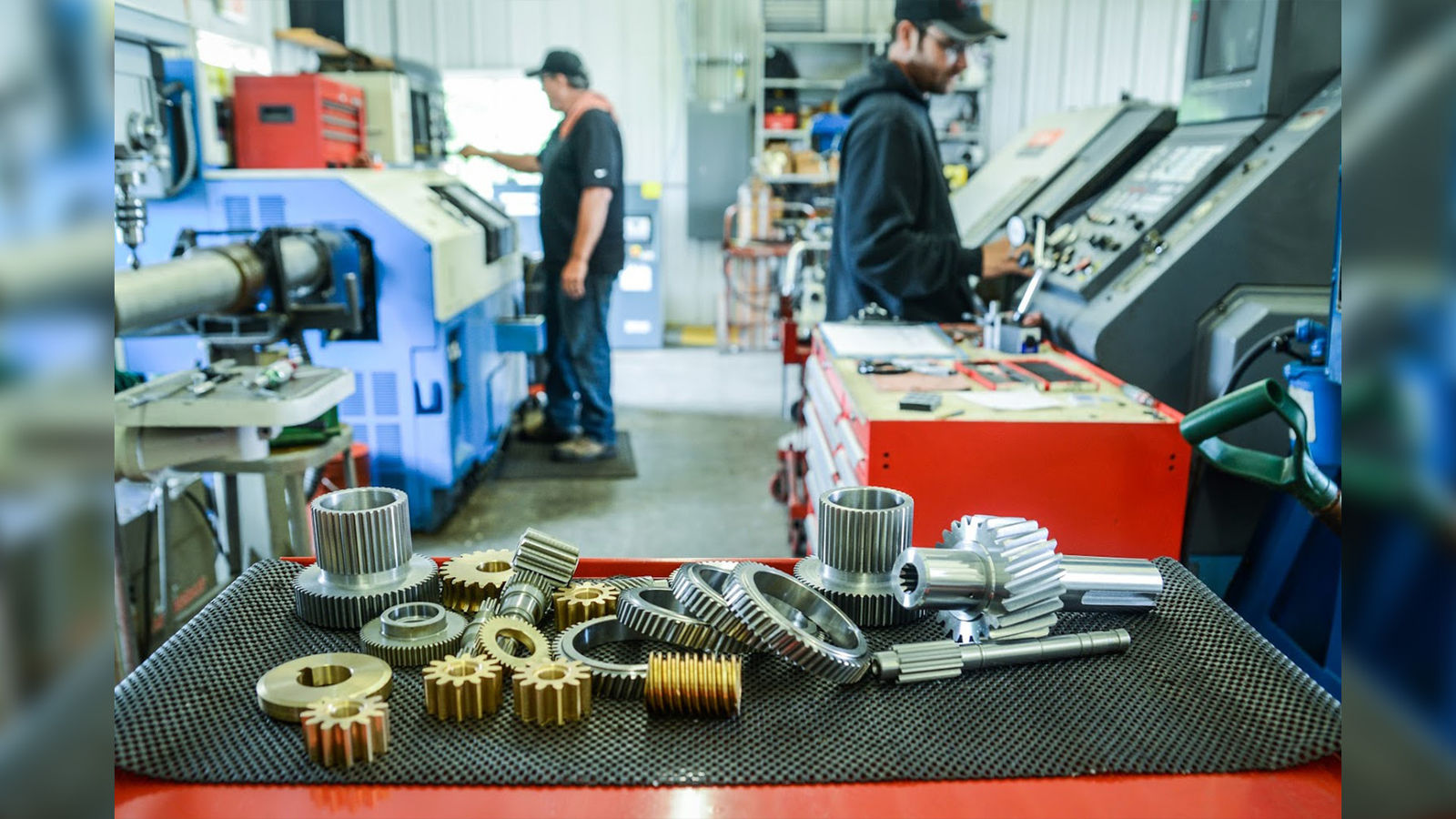Community engagement isn’t just about feeling good or boosting your PR. It’s about crafting a future where your business can thrive. Think of it as precision community calibration.
Consider these approaches:
- Partner with local schools for STEM programs. You’re not just helping kids; you’re potentially manufacturing your future workforce. This could involve hosting field trips to your facility, sponsoring robotics teams, or offering internships to promising students.
- Open your doors for facility tours. You’re not just showing off shiny machines; you’re buffing away those old, rusty perceptions of manufacturing. Invite local business leaders, educators, and community members to see modern manufacturing in action.
- Participate in local events. It’s about calibrating your business to the needs and values of your community. This could mean sponsoring a local sports team, participating in charity runs, or setting up a booth at community fairs to showcase the high-tech nature of modern gear manufacturing.
By engaging with your community, you’re not just being a good corporate citizen. You’re also addressing one of the biggest challenges facing your industry: the skills gap. By showing young people the exciting, high-tech nature of modern manufacturing, you’re helping to ensure a pipeline of skilled workers for the future.
6. Accountability: The Secret Sauce of Excellence
In your world, accountability isn’t about pointing fingers. It’s about empowerment.
Here’s how to build a culture of accountability:
- Set clear expectations. Make sure everyone knows not just what they’re supposed to do, but why it matters. This goes beyond job descriptions. It’s about helping each team member understand how their work contributes to the bigger picture.
- Implement KPIs that truly reflect what’s important—not just production numbers, but quality metrics, innovation goals, and customer satisfaction. For example, track not only gears produced per hour, but also first-pass yield rates, customer returns, and on-time delivery percentages.
- Make it safe to fail. I know, in your business, failure can be costly. But if your team is afraid to try new things or speak up when they see a problem, you’re missing out on potentially game-changing innovations. Create a culture where “fail fast, learn fast” is the norm.
Accountability also means recognizing and rewarding those who consistently meet or exceed expectations. This could involve performance-based bonuses, opportunities for advancement, or simply public recognition of a job well done.
Manufacturing Your Stronger Future
As you implement these six gears, it’s crucial to recognize the unique characteristics that will shape the 2025 workplace and beyond. Today’s workforce is more digitally connected, culturally diverse, and values-driven than ever. Employees are not just looking for a paycheck; they seek purpose, growth, and a sense of belonging. This shift calls for a fresh approach to leadership—empathetic, flexible, and forward-thinking.
In this new landscape:
- Connect work to a greater purpose: Clearly communicate your company’s mission and how each role contributes to it. Encourage employee input to foster a sense of ownership and pride in their work.
- Invest in professional development: Offer training programs and mentorship opportunities that help employees level up their skills. Regularly discuss career aspirations and provide support to achieve these goals.
- Prioritize effective communication: Ensure transparent and open communication at all levels. Set clear expectations and create an environment where feedback is not just welcomed but acted upon.
- Create a positive work environment: Ensure your team has the resources they need to succeed and promote a healthy work-life balance to keep stress at bay.
- Show gratitude and appreciation: Never underestimate the power of a ‘thank you’. Use both verbal recognition and nonverbal gestures to make a big impact.
- Understand the ripple effect of appreciation: Recognize that a happy team leads to happy customers and lower turnover rates.
- Embrace the manager’s role in engagement: Practice active listening to understand your team’s needs and be adaptable to new strategies when necessary.
So there you have it—the Six Gears of Grategy. I know what you’re thinking. “Lisa, this all sounds great, but I’ve got gears to make and deadlines to meet.” I hear you. But here’s the thing: in today’s world, making great gears isn’t enough. To really succeed, to attract and keep the best talent, to stay ahead of the competition, you need more than just precision machines. You need a precision culture.
Remember, you’re not just making components. You’re making parts that power clean energy solutions, drive vehicles safely across continents, and push the boundaries of what’s possible in countless industries. That level of importance demands more than just technical skill. It demands a culture of excellence, innovation, and yes, gratitude.
Implementing these strategies isn’t always easy. It requires commitment, consistency, and sometimes, a willingness to step out of your comfort zone. But the payoff can be enormous. Imagine a workplace where problems are seen as opportunities, where innovation flows freely from all levels of the organization, and where every team member feels valued and understands their role in the bigger picture of gear manufacturing.
That’s the kind of workplace that not only produces precision parts but also precision people—skilled, engaged, and committed to excellence. It’s the kind of workplace that can weather economic ups and downs, adapt to technological changes, and consistently deliver value to customers.
So, if you’re ready to start gearing up for a stronger future, with these Gears of Grategy in place, you’ll be cutting through challenges and polishing your success in no time. The future of manufacturing isn’t just about better machines—it’s about better cultures. And that future starts with you.
lisaryanspeaks.com








